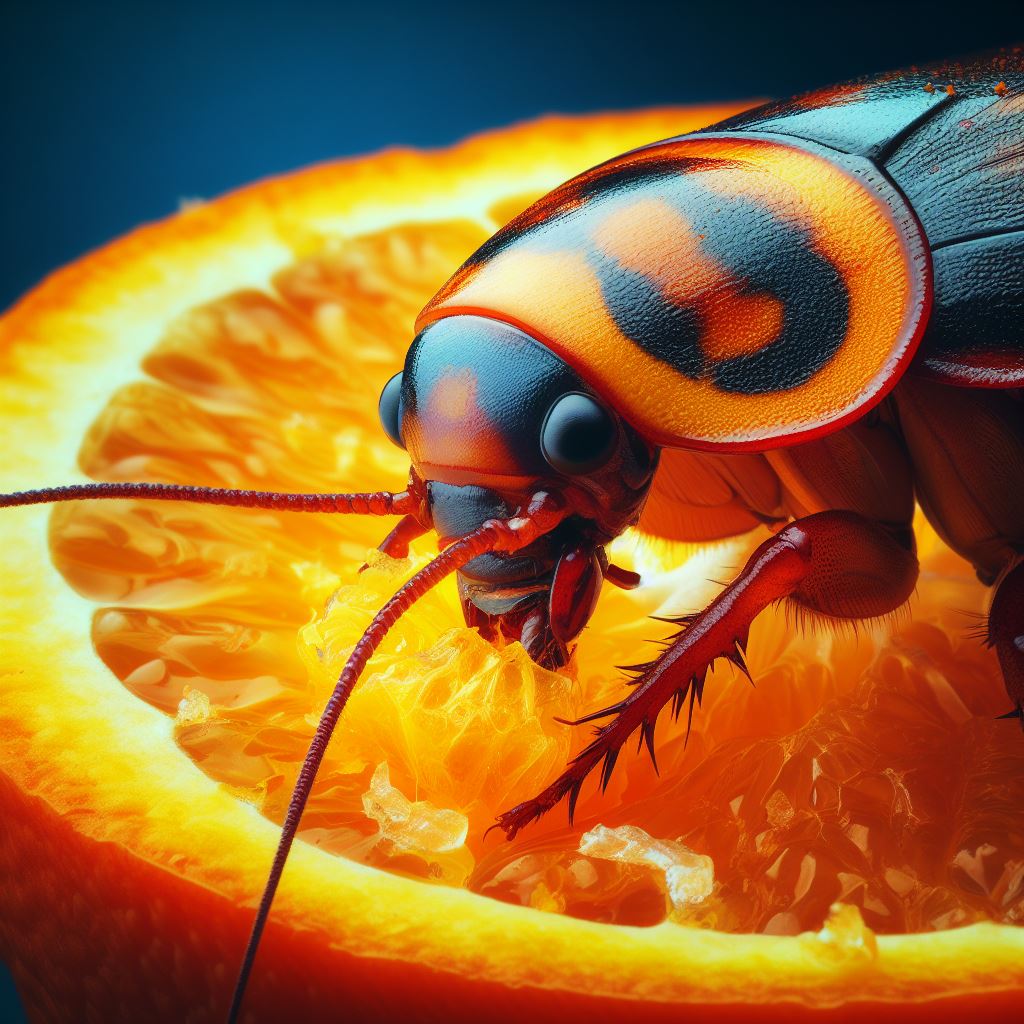
10 Myths About Dubia Roaches Debunked
Share
Dubia roaches, often heralded as one of the most nutritious and sustainable feeders for reptiles, birds, and fish, have gained significant popularity among pet enthusiasts and breeders alike. However, like many subjects that gain attention, a myriad of myths have sprung up around these insects, leading to misconceptions and sometimes even misguided care practices. At Better Than Crickets, we believe in spreading knowledge that's both accurate and helpful. Today, we're on a mission to debunk some of the most common myths surrounding Dubia roaches, paving the way for informed, effective care and breeding.
Myth 1: They need high-protein diets to thrive.
Fact: Dubia roaches have a robust dietary palette and can thrive on a variety of foods. While protein is essential for them, it's not the only component they need. Providing a diverse diet that includes fruits, grains, and other nutrition sources is more beneficial.
Myth 2: Only expensive roach chows are suitable for their diet.
Fact: Premium roach chows aren't a necessity for Dubia roaches. Many breeders successfully formulate their nutritious roach chow at home using readily available ingredients. With a bit of research and experimentation, you can craft a budget-friendly feed that ensures your roaches remain healthy. See a simple and effective DIY recipe here.
Myth 3: They must be kept in the dark all the time.
Fact: Dubia Roaches are surprisingly adaptable when it comes to light. Gradual changes and exposures to light don't phase them. Many breeders even maintain their roach colonies with lights on around the clock without any adverse effects.
Myth 4: Temperatures around 90-95+°F are suitable for them.
Fact: Dubia roaches aren't particularly fond of excessive heat. Prolonged exposure to temperatures above 90°F can curtail their breeding rate. More concerning, temperatures surging beyond 95°F can be fatal, especially for the younger roaches. Learn more about proper heat management of your Dubia Roach enclosure here
Myth 5: They require 50% or higher humidity.
Fact: Maintaining such high humidity levels is not only unnecessary but also problematic. Dubia roaches flourish in environments with 30-40% humidity. Keeping humidity in this range not only benefits the roaches but also reduces issues like odor, making the breeding environment more manageable for keepers.
Myth 6: It's best to separate babies from parents or they'll stop breeding.
Fact: In the world of Dubia roaches, family ties aren't a deterrent for breeding. Adults coexist harmoniously with the younger roaches without any negative impact on their breeding habits. Therefore, there's no practical reason to separate them based on this notion.
Myth 7: Feeding them oranges dramatically increases production.
Fact: There's a lack of concrete evidence to substantiate this claim. While Dubia roaches do enjoy fruits, their preference leans towards those with a high sugar content rather than oranges specifically. A diverse fruit diet is more beneficial than solely relying on oranges.
Myth 8: Oranges will poison your lizards through the roaches.
Fact: This is a misconception that has been debunked. Citric acid, found in oranges, doesn't cause gout or any other harm to reptiles. In reality, feeding roaches a varied diet, including citrus, can be advantageous for the reptiles that consume them.
Myth 9: They can't bear the cold.
Fact: Contrary to this belief, Dubia Roaches showcase impressive resilience against cold. They can withstand freezing temperatures for limited periods. However, as with any creature, extended exposure to extreme conditions is not recommended.
Myth 10: Overpopulation makes males turn on the babies.
Fact: Cannibalistic tendencies aren't a default behavior for Dubia roaches. Only in conditions where they are severely malnourished might they resort to such measures. Providing a consistent and nutritious diet will prevent such behaviors and ensure a harmonious colony.
Understanding and caring for Dubia roaches is easier when equipped with accurate knowledge. Dissecting and debunking myths not only helps in better care but also in appreciating these fascinating creatures.
